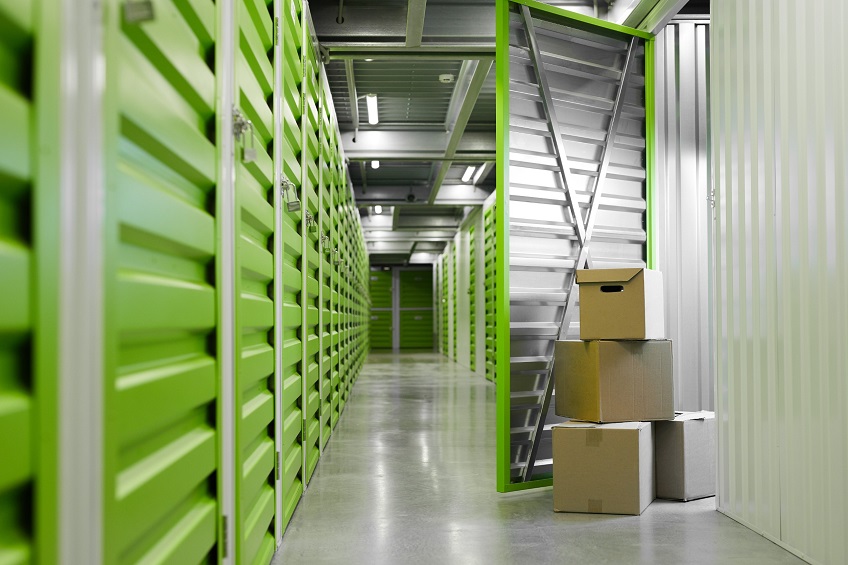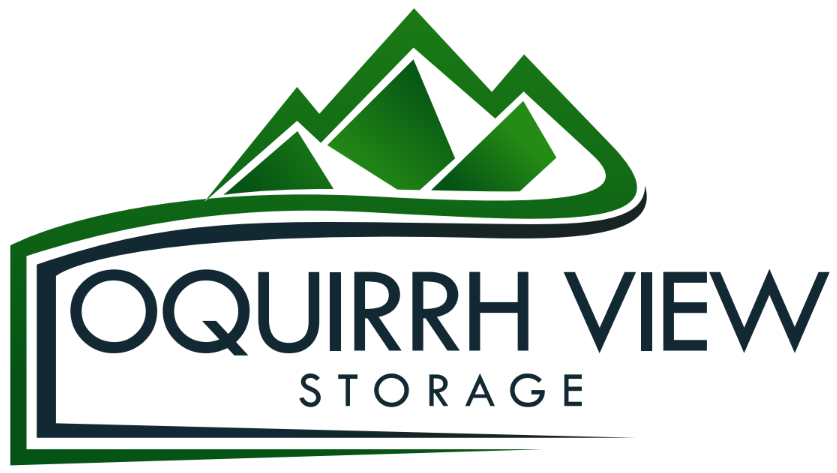When you get a storage unit, it’s a good idea to come up with an organized way to store all your items. This helps with tracking what’s there, creates an easy way to retrieve those items as needed, and ensures safe keeping. Making sure you know what can be stored and the best ways to store certain items will keep those items in good condition and creates safety while you’re in the unit itself. Tripping, falling, or mold hazards are not experiences you want to go through if you can help it.
Here are some good practices for storing your items:
- Don’t allow young children to run around a storage unit. There are many ways kids can get hurt in a storage unit, from shelving breaking to fingers getting stuck in the door to falling on something sharp. Keep and eye on little ones any time you’re at the facility.
- Make sure you adhere to the weight capacities of shelving systems. Overburdening shelving is dangerous for many reasons.
- Store unused cardboard or pallets outside to avoid them getting too hot in a stuffy indoor storage unit (unless it’s temperature-controlled). Sometimes these units get very hot, and with the minimal air circulation, a pile of cardboard or wood pallets can become a fire hazard. Pallets should be stored 25 feet away from a structure, but if you need to store them inside, do not stack more 4 stacks total higher than 6 feet, and store each stack 8 feet apart if possible.
- Restrict access to where glass and mirrors are stored. Make sure they’re in stable locations so that they can’t fall. Also store other items in a way that they can’t fall onto glass or mirrors or other breakable items.
- Make sure upper levels/mezzanine storage is professionally built. You must ensure this area can handle to weight you’ll put up there, and there should be safety railings around the area if necessary. Use bolts rather than nails, and make sure you’re in code compliance. Don’t store dangerous items high up that can fall and hit someone below or break other items.
- Don’t store items that blend in with the floor on the floor. Doing so creates tripping hazards.
- Keep carts and dollies in one location for ease of use as well as minimizing potential tripping hazards.
- Always store combustibles properly and safely. Don’t put them near heating units or anywhere that can get extremely hot. Items such as paint, solvents, wood, carpet, and cardboard (like mentioned above) need to be stored carefully.
- Store materials away from electrical systems, making a clearance area of about 2 to 3 feet.
- Do not store materials or possessions in a way that blocks exits, stairs, fire extinguishers, and the like. Keep pathways clear to prevent tripping but also the create a quick escape in emergencies.
If you’d like more suggestions for storing certain items, feel free to contact our knowledgeable staff. For secure and safe storage, check out Oquirrh View Storage.

